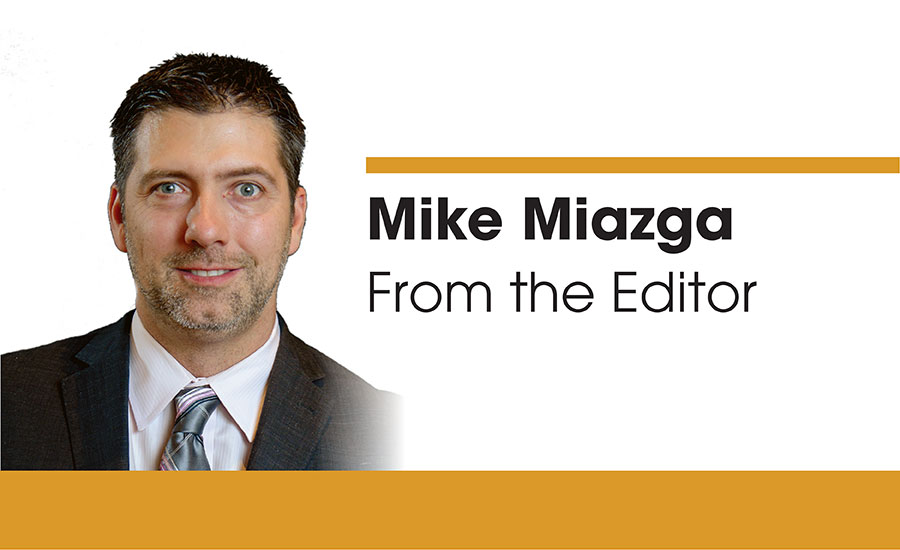The American Supply Association’s Network 2015offering in late October in Chicago continued the group’s recent run of presenting informative and beneficial material at the industry’s biggest gathering of the year.
This year’s event, which drew a record number of distributors, was loaded with seminars on a wide range of industry-relevant topics. One in particular that generated plenty of chatter on the final day was Marc Edwards’ talk on aging infrastructure.
Edwards is the Charles Lunsford Professor of Civil Engineering at Virginia Polytechnic Institute and State University (better known as Virginia Tech) where he teaches and performs research related to environmental engineering.
Edwards says aging infrastructure is an important topic when it comes to entities such as roads and bridges. However, he cautions another area sits even higher atop the concern list.
“Our water system is far worse off,” he tells me. “There are serious problems with upgrading water infrastructure in this country. How we address that with declining resources is anyone’s guess, but it will have to happen. Water infrastructure always gets the short end of the stick because you don’t see it. Is it a threat to the public’s health? You could have lead-poisoned kids, red water and crazy-high water bills. But it’s still out of sight, out of mind. It’s a major public concern.”
Edwards labels many of the country’s urban water systems as being on life support. “Our current approach is largely based on a fix-on-failure mindset,” he says. “That certainly is one option, but I don’t think it’s the best option. When pipes fail, the damage they cause is 10 to 20 times greater than if we were to better proactively replace those pipes on a schedule. The cost when it happens is flooding, undermining roads and interrupting peoples’ lives with emergency repairs. When a water main blows, it has to be repaired, but it actually would save money and property if we took a much more rational approach.”
Another concern, Edwards notes, has to do with the continued energy and water conservation push as it relates to public health, particularly in residential environments.
“There is a balancing of the energy-water nexus with the public’s health,” he says. “People who are making decisions about energy and water conservation are not directly considering the possible health impacts. We need more holistic decision making. We have to conserve water and energy, but it is important we achieve those goals without creating harm.”
More specifically, Edwards feels one area that needs to be more stringently addressed is water heater set-point temperature and how it relates to the growth of harmful microbes, such as Legionella (cases of this are consistently in the news).
“Many states and government agencies are recommending you dial down the water-heater temperatures to save energy,” he states. “That is exactly the wrong advice to stop opportunistic pathogens from growing.”
Edwards cautions Legionella is far from the only danger out there. He’s more fearful of the rise in occurrence of people being infected with NTM (nontuberculosis microbacteria) through potable water exposures.
“Some people consider that an equal or greater risk. There are many more cases of it each year compared to Legionella, although it doesn’t cause the high incidence of death that Legionella is known for,” he says. “There are an estimated 30,000 cases of NTM a year and it can be debilitating. Some people feel it is an undeclared epidemic. Exposure from potable water systems is a much more significant exposure path than was previously suspected.”
Going forward, Edwards says plenty can be done to address the spike in these waterborne-related illnesses, starting with proper education.
“The first thing is we must be alert to this,” he says. “Again, we can choose to be reactive or proactive. The default condition is to be reactive and wait for lawsuits from people who have been harmed as well as the discovery of scientific truths from our mistakes. Reactively these problems will eventually get solved, but the human and economic costs will be extraordinarily high.
“Ideally we have to be proactive and have a better understanding of design principals and the key factors involved that cause these forms of waterborne diseases to become problematic. We need to educate ourselves about the science. We definitely can solve these problems while achieving other societal goals.”
And that sure sounds like a win-win scenario to me.







